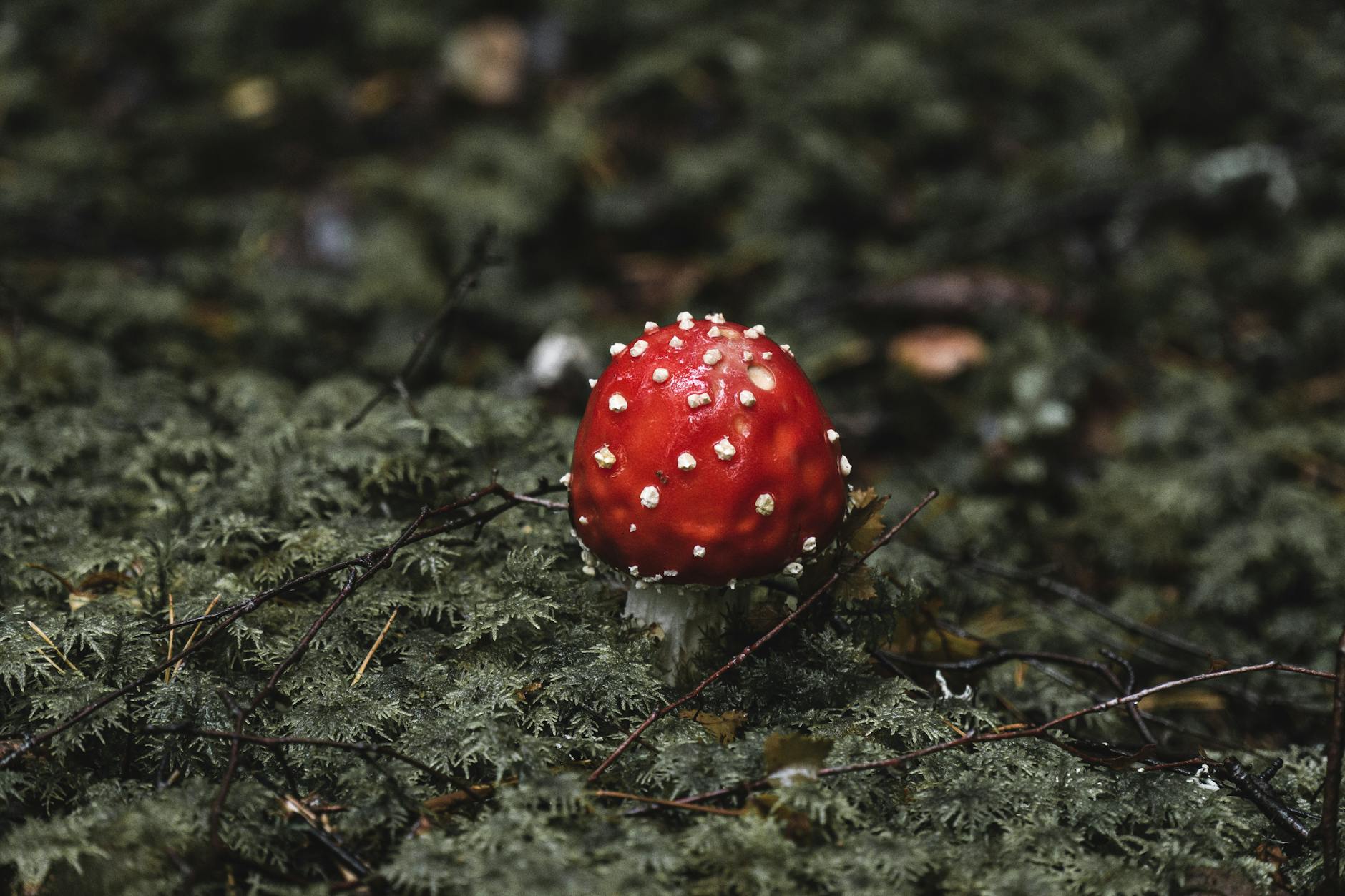Mushrooms are a fascinating and diverse species found in various ecosystems around the world. While many mushrooms are edible and often used in culinary dishes for their unique flavors and nutritional benefits, there are also numerous species of poisonous mushrooms that can be extremely harmful or even deadly if consumed. Therefore, it is crucial for mushroom enthusiasts and foragers to be able to distinguish between edible and poisonous mushrooms to ensure their safety. In this article, we will delve into the characteristics of edible and poisonous mushrooms, how to identify them, and essential safety tips for exploring the world of mushrooms.
Differentiating Edible and Poisonous Mushrooms
Edible mushrooms are prized for their delicious flavors, textures, and nutritional value. They are commonly used in a wide range of dishes, from soups to stir-fries, and are rich in essential nutrients like vitamins, minerals, and antioxidants. Some popular edible mushroom varieties include button mushrooms, shiitake mushrooms, oyster mushrooms, and more. On the other hand, poisonous mushrooms contain toxins that can cause mild to severe symptoms such as nausea, vomiting, abdominal pain, organ failure, and in extreme cases, death. Examples of toxic mushrooms include the death cap mushroom, the destroying angel, and the deadly webcap.
Identifying Edible Mushrooms
When it comes to identifying edible mushrooms, there are certain key characteristics to look for. Edible mushrooms typically have a fleshy texture, a pleasant aroma, and a cap and stem that are often uniform in color and free of blemishes or discoloration. It is also essential to pay attention to the gills, spores, and any other distinctive features of the mushroom. However, it is crucial to exercise caution when foraging for wild mushrooms, as some toxic varieties can closely resemble edible ones.
Spotting Poisonous Mushrooms
Poisonous mushrooms tend to have distinct characteristics that set them apart from their edible counterparts. These can include brightly colored caps, foul odors, or a slimy texture. Some poisonous mushrooms have unique features like a ring around the stem, a cup-like structure at the base, or distinctive patterns on the cap. It is essential to thoroughly research and familiarize yourself with the specific traits of toxic mushrooms in your region to avoid accidental ingestion.
Safety Tips for Mushroom Foraging
If you are interested in foraging for wild mushrooms, there are several safety tips to keep in mind. Firstly, always consult an experienced mycologist or mushroom expert before consuming any wild mushrooms. Use multiple reputable field guides to cross-reference your identification. Start by foraging for well-known edible mushrooms and gradually expand your repertoire as you gain more experience and knowledge. Never consume mushrooms that you are unsure about or that have not been positively identified by an expert.
Conclusion
Edible and poisonous mushrooms coexist in nature, making it essential for mushroom enthusiasts to be able to differentiate between the two. By understanding the characteristics of edible and toxic mushrooms, learning how to identify them correctly, and following essential safety guidelines, you can safely explore the world of mushrooms and enjoy the culinary delights that edible varieties have to offer. Remember, when in doubt, it is always better to err on the side of caution and seek expert advice to avoid any potential risks associated with consuming wild mushrooms.


